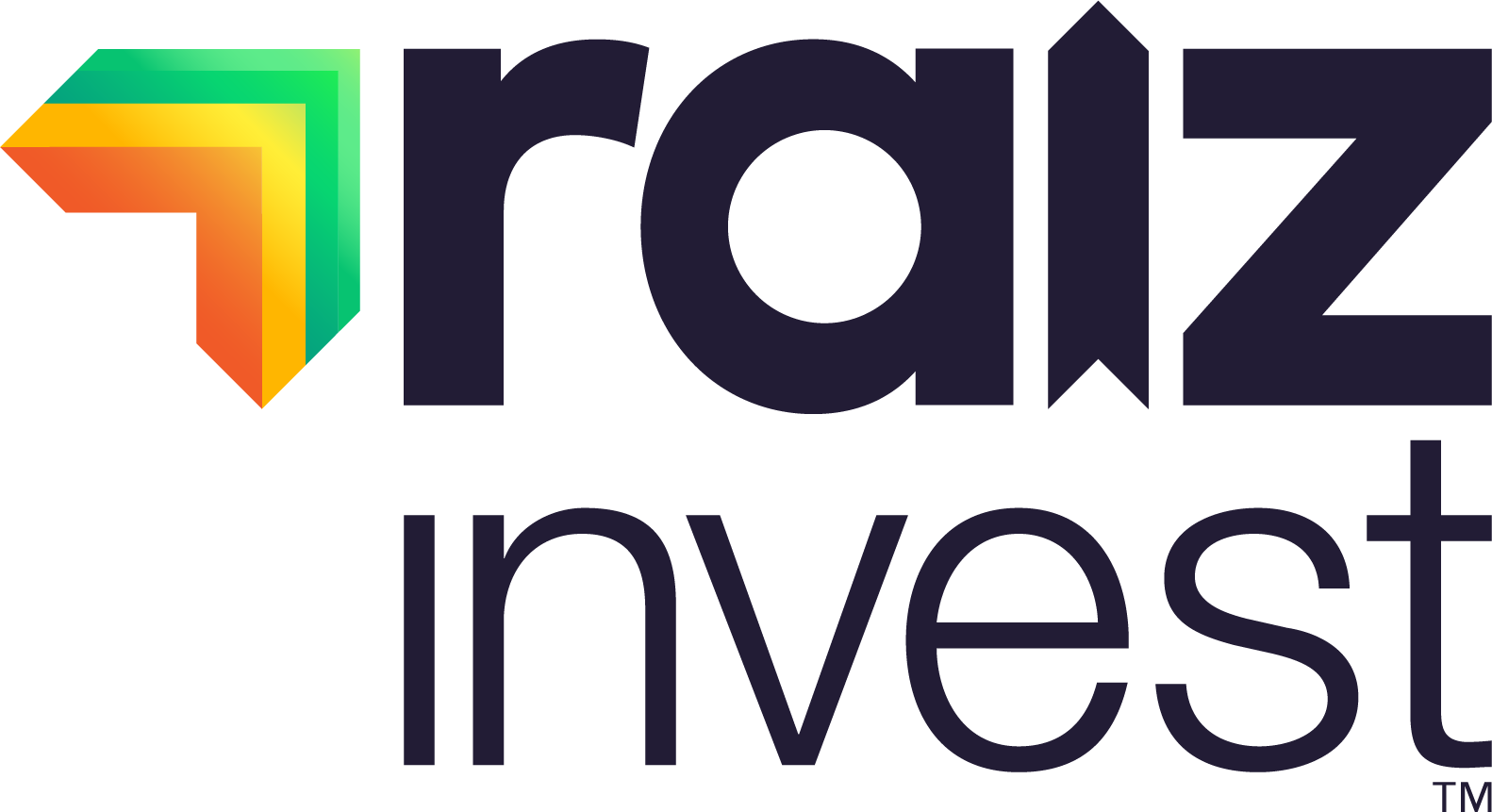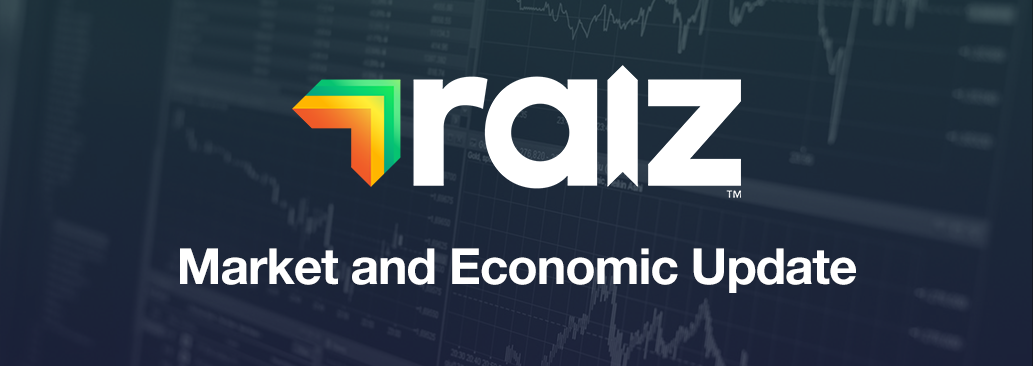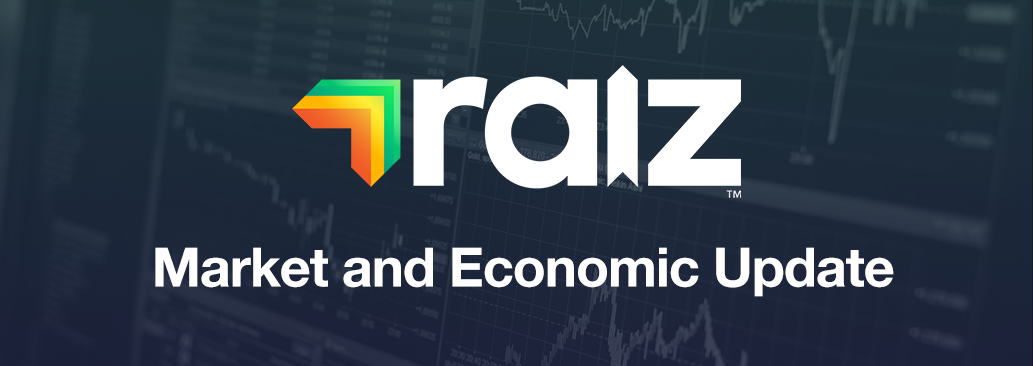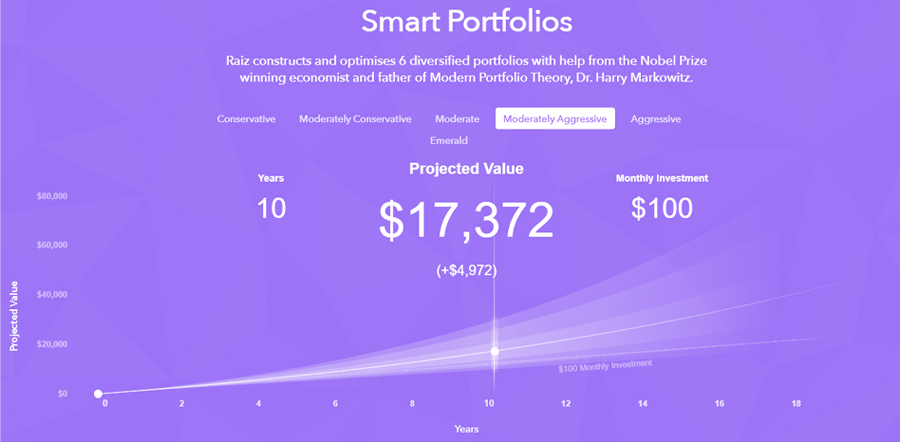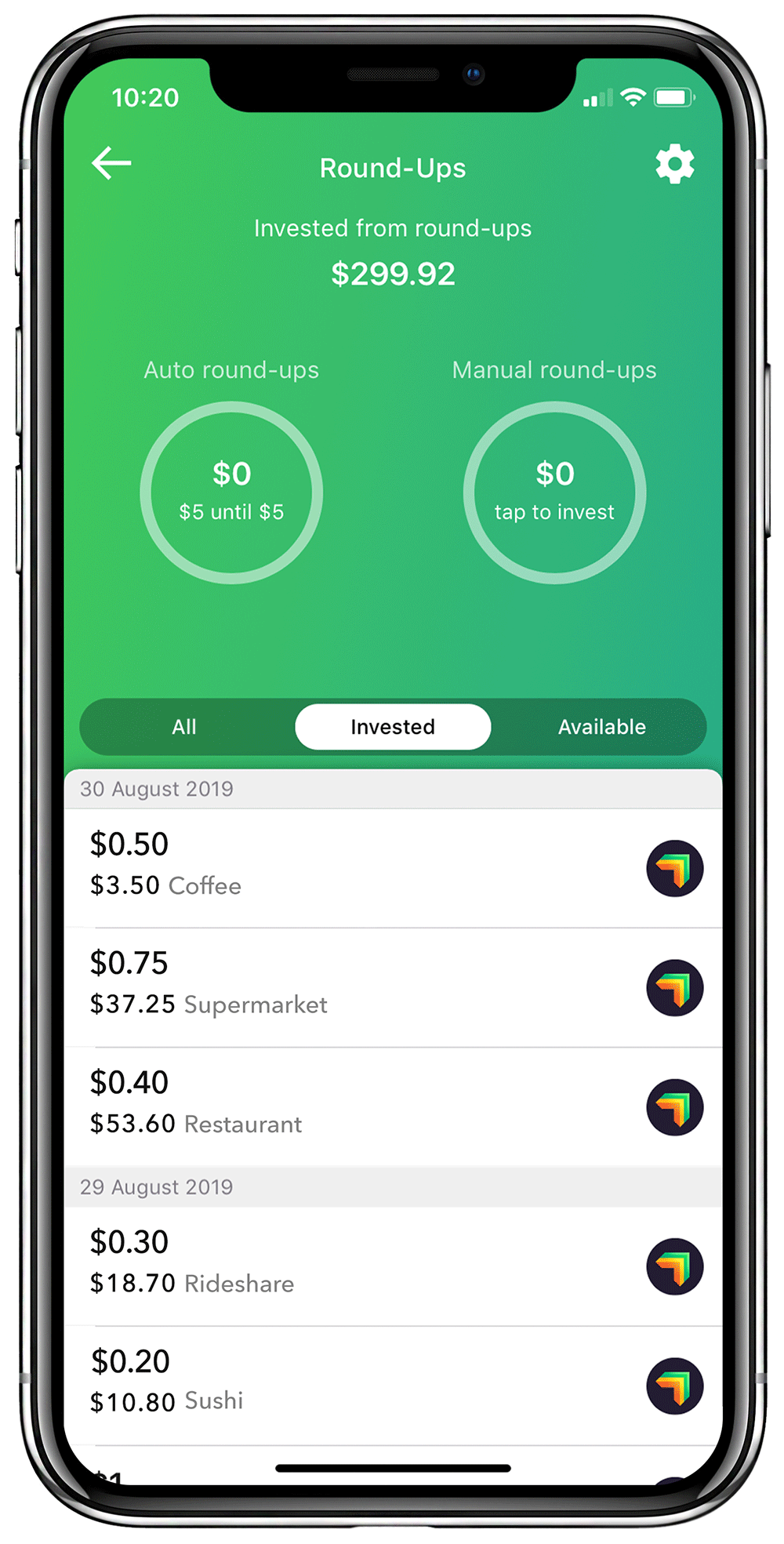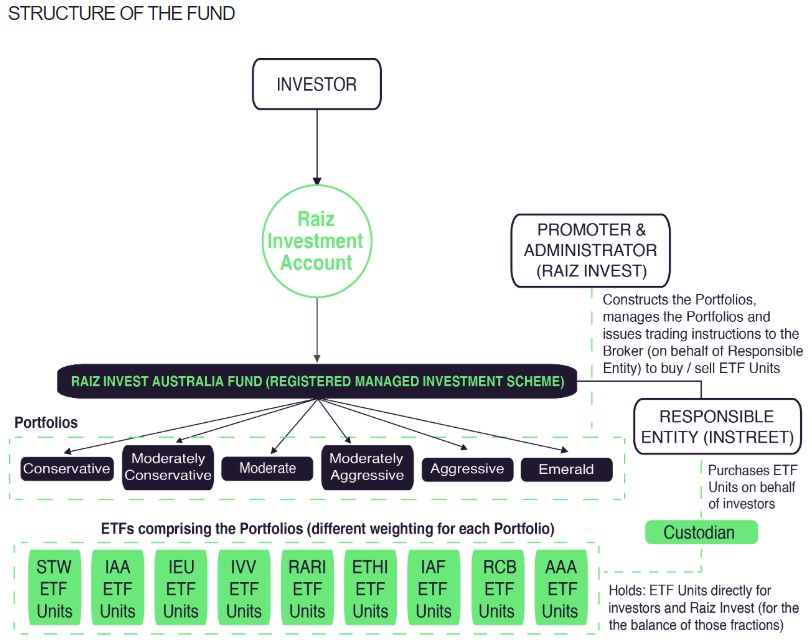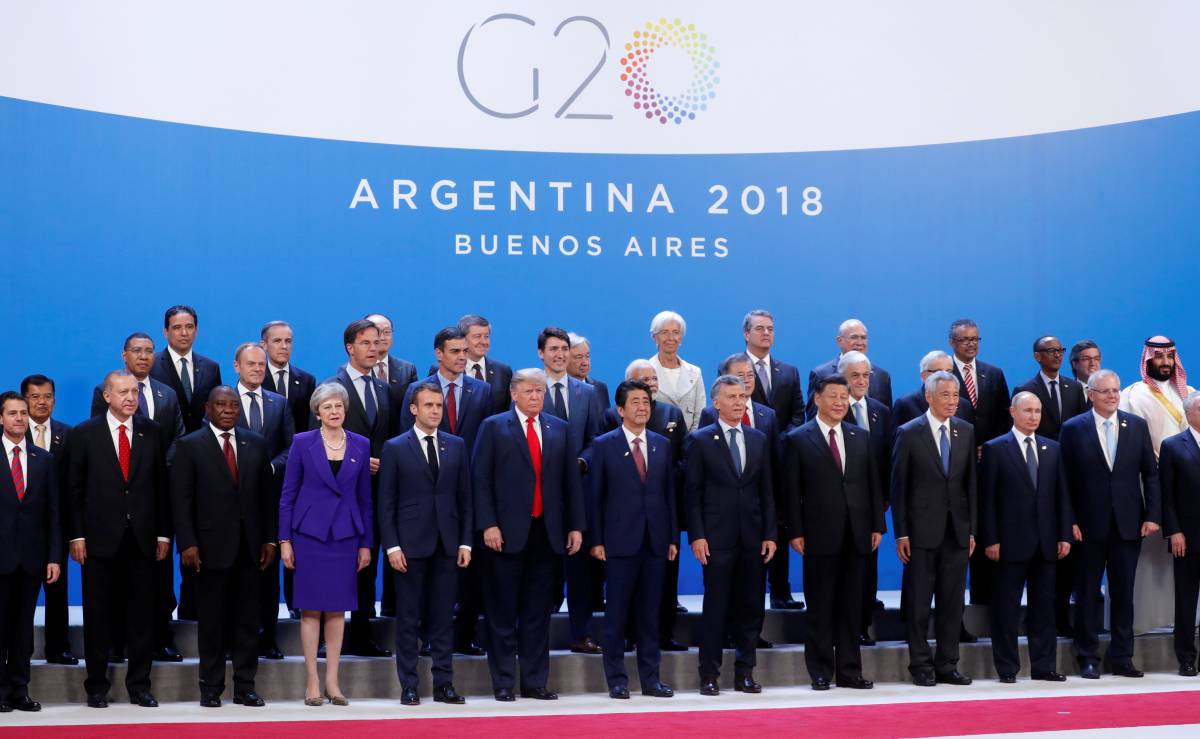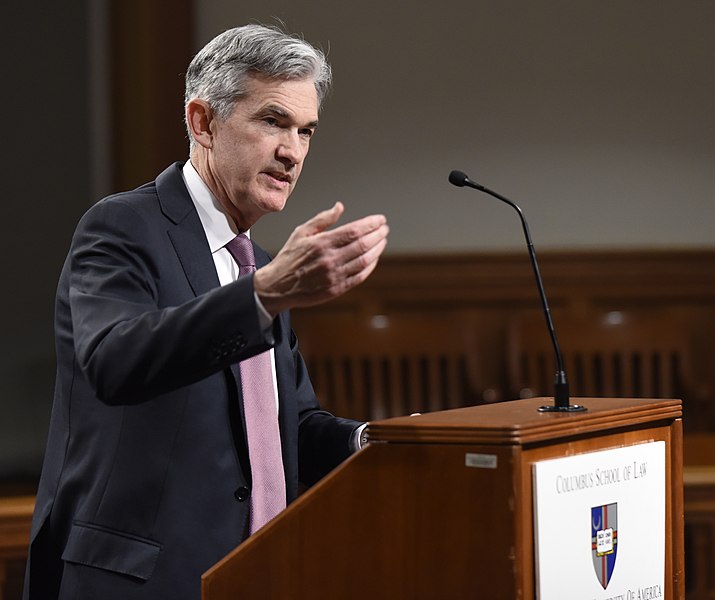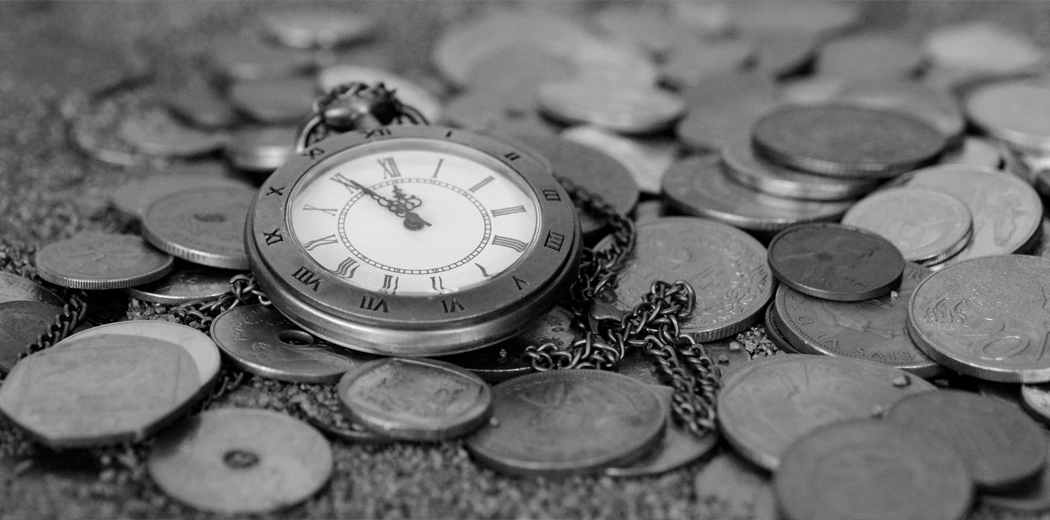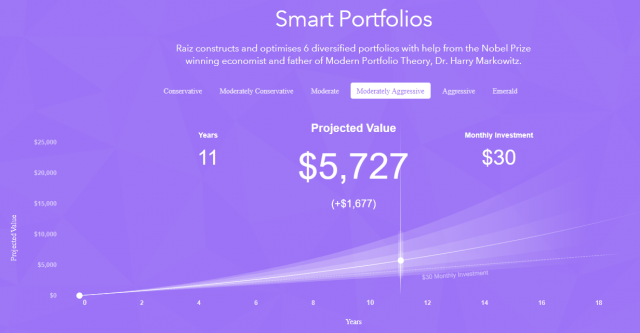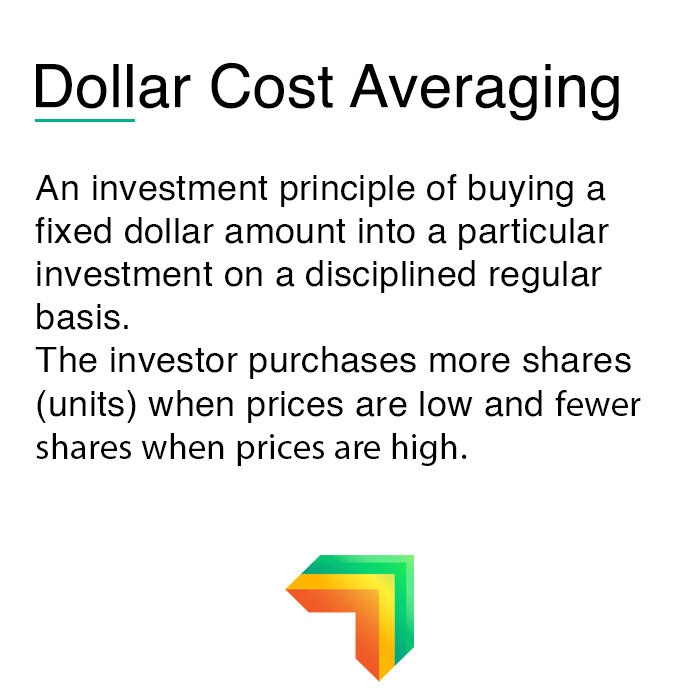
To meet your goals via investing and saving through Raiz, the first step is choosing the portfolio that suits your goals objective and time horizon.
How to choose a portfolio?
For a savings goal that is short term (less than three years), a conservative portfolio option is probably the best choice.
A conservative portfolio option will be less influenced by equity market fluctuations. You wouldn’t want to be close to reaching your goal and then find yourself in the situation where a sudden downturn in the stock market may result in you missing it. Because it is a short-term goal, you may not have enough time on your side for the stock market to recover (which they usually do in the long-term).
Having a short-term goal while being in an aggressive portfolio option means that stock market declines may have a larger emotional impact on you, as market uncertainty increases the chance that you will not reach your goal in the chosen time frame. With a conservative portfolio, you are more likely to remain disciplined to your short-term saving and investing goal in a market decline.
On the other hand, if your savings goal is greater than 5 years, then you may experience all types of market conditions. An aggressive option may suit you if time is on your side since markets do tend to go up in the long-term. In the short-term you may have set backs in your portfolio value, but in the long-term you could earn positive returns.
However, you must also balance this against your ability to remain disciplined to your saving and investing approach (known as your risk appetite). If you feel emotional just reading about a market fall of 20%, then a more conservative portfolio option, like the moderate portfolio option, may be your best bet.
The key to long term investing is discipline. For Raiz this means investing small amounts regularly to avoid timing the market. Long-term strategies utilise the advantages of time in the market – that is, the longer you are in the market, the more likely you are to see a healthier return.
Related Reading: Understanding Risk
The wrap up
We all experience the emotional highs and lows that come with investing. However, by maintaining a disciplined and automated approach by using Raiz and choosing the right portfolio, you can reduce short-term stress and take advantage of dollar cost averaging and compound returns over time.
In the end, it is your choice. We cannot recommend a portfolio choice for you. Raiz is not a get rich quick scheme – it is about developing a habit of regular saving and investing to meet your savings goals. For more information on Raiz fees, click here.
Remember: “The best time to plant a tree was 20 years ago. The second-best time is now.”
Don’t have the Raiz App?
Download it for free in the App store or the Webapp below:









Important Information
The information on this website is general advice only. This means it does not take into account any person’s particular investment objectives, financial situation or investment needs. If you are an investor, you should consult your licensed adviser before acting on any information contained in this article to fully understand the benefits and risk associated with the product.
A Product Disclosure Statement for Raiz Invest and/or Raiz Invest Super are available on the Raiz Invest website and App. A person must read and consider the Product Disclosure Statement in deciding whether, or not, to acquire and continue to hold interests in the product. The risks of investing in this product are fully set out in the Product Disclosure Statement and include the risks that would ordinarily apply to investing.
The information may be based on assumptions or market conditions which change without notice. This could impact the accuracy of the information.
Under no circumstances is the information to be used by, or presented to, a person for the purposes of deciding about investing in Raiz Invest or Raiz Invest Super.
Past return performance of the Raiz products should not be relied on for making a decision to invest in a Raiz product and is not a good predictor of future performance.
